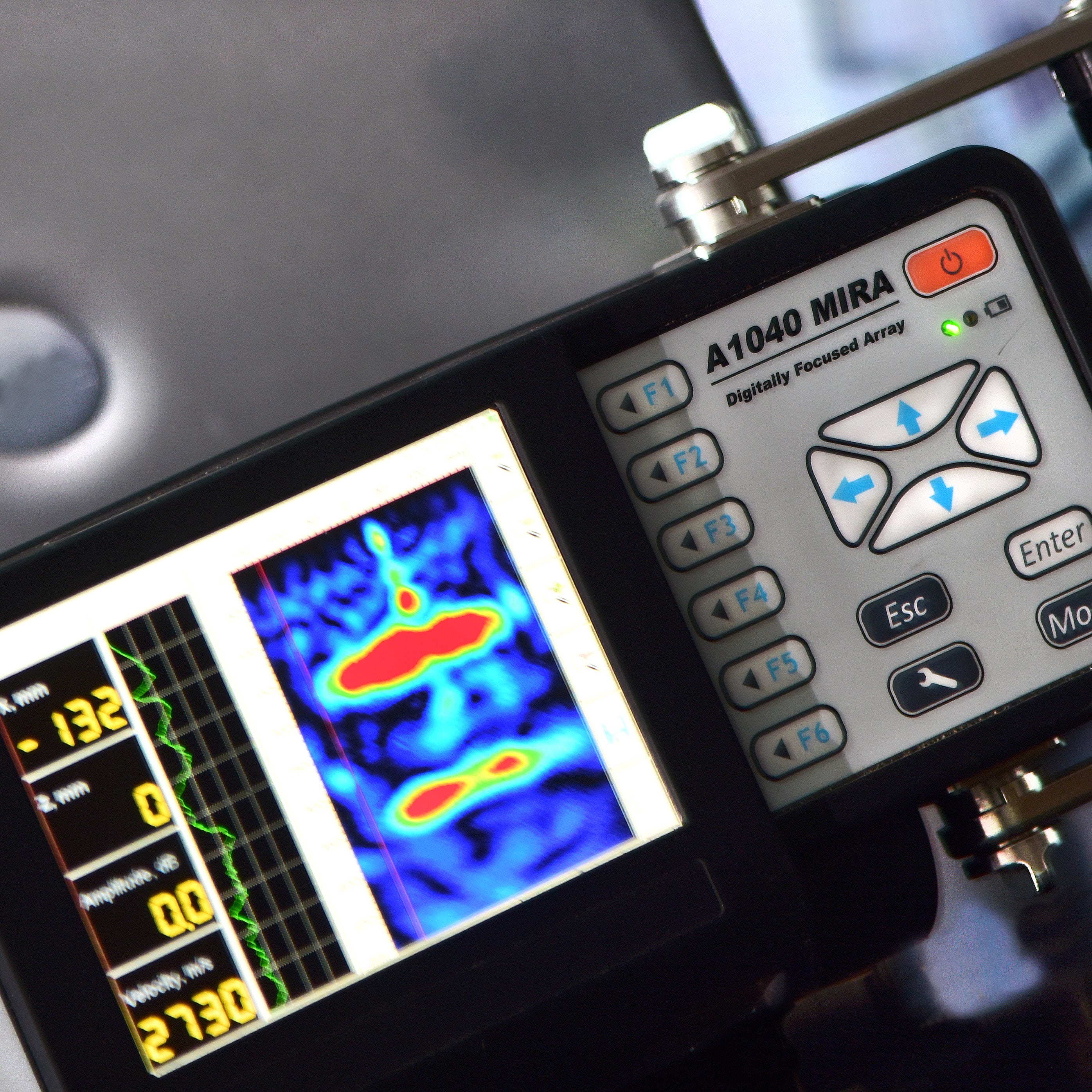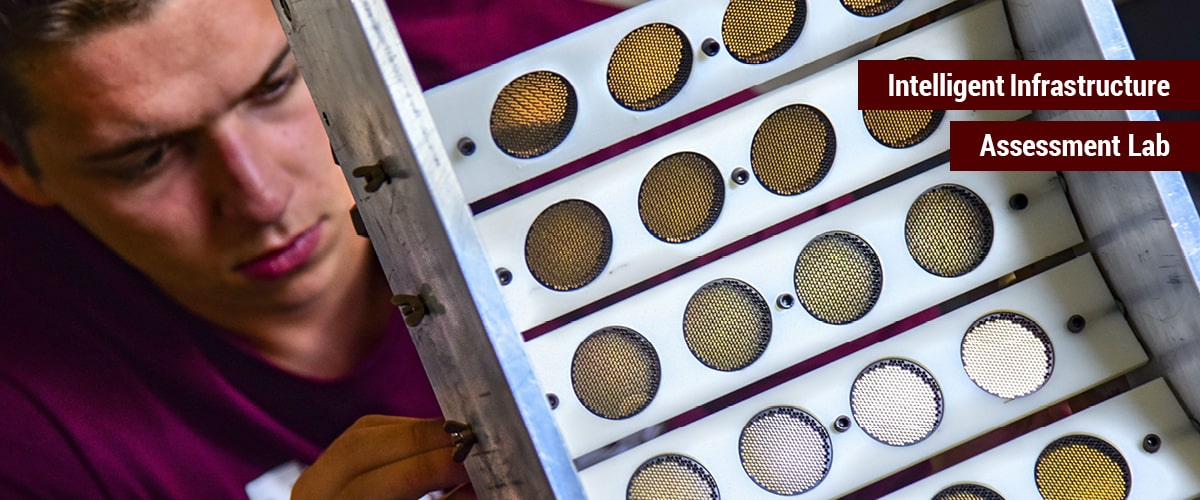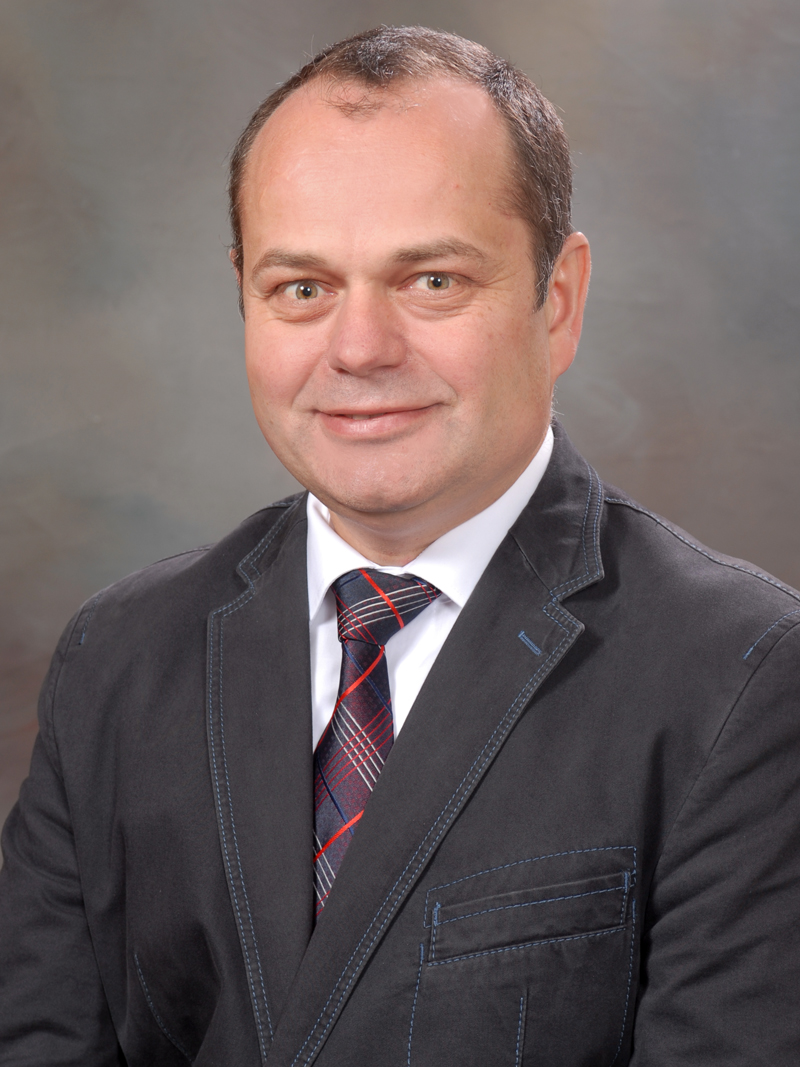Intelligent Infrastructure Assessment Lab
Summary

Infrastructures must withstand normal service loads as well as extreme loading events. Over time, infrastructures show signs of wear and tear and often signs of distress. Engineers continually are required to assess the safety of infrastructure – particularly when facilities are aged – as owners need to know the expected remaining life of the infrastructure and when it may be subjected to a catastrophic event. With the advent of low-cost sensors and ubiquitous cloud computing, in the future the mainstreaming of sensed facilities will occur. Monitoring of these facilities will become the norm and not the exception. The Intelligent Infrastructure Assessment Lab is a leader in this emerging field, developing intelligent infrastructure technology using innovative sensors, sensor networks, signal processing and controls for the assessment of infrastructure-related facilities.
Research
- Developing technology using innovative sensors, sensor networks, signal processing and controls for the assessment of infrastructure safety and life expectancy.
- Integrates vibration-based and wave-propagation-based techniques by combining elastodynamics, mechanics of materials, optics, instrumentation, sensors, and digital signal processing methods.
- Past and present projects include: Structural Health Monitoring of Overhead Transmission Lines, Wireless Sensor Network for Infrastructure Management, Rail Neutral Temperature In-Situ Evaluation, Nondestructive Testing Methods for Railroad Tunnel Lining Inspection, Fracture Critical Twin Tub Girder Bridges, Strengthening of Inverted-T Bent Cap Ledges, Mitigation of Fatigue and Fracture of Traffic Signal Structures, Target-less Computer Vision for Experimental Modal Analysis of Structures, Condition Assessment of Bridge Post-Tensioning and Stay Cable Systems Using NDE Methods, Structural Health Monitoring using Temperature Related Data, Behavior of Steel Hot Rolled Asymmetric I-beams.
Capabilities
- Capable of applying commercially available instrumentation to infrastructure problems as well as to develop in-house sensors and instrumentation.
- Numerous nondestructive tests such as:
- Ultrasound.
- Infrared thermography.
- Magnetic flux leakage.
- Impact echo.
- Ultrasonic tomography.
- Ultrasonic phased array.
- Ultrasonic pulse velocity.
- Sounding.
- Ground penetrating radar.
- Capable in measuring force, strain, deflection, acceleration, and modal parameters of infrastructure in the field.







